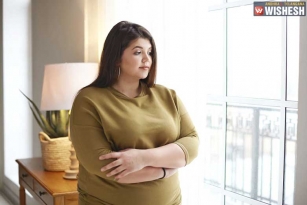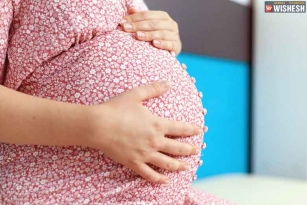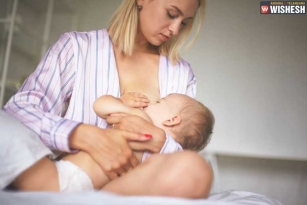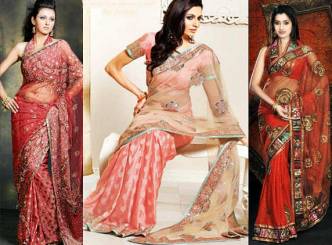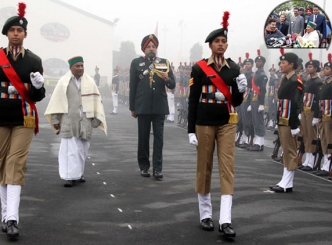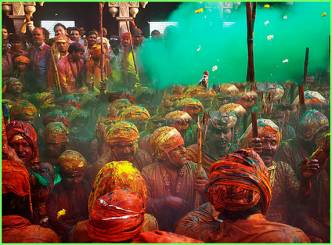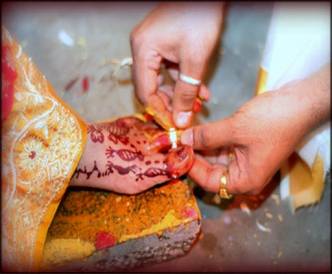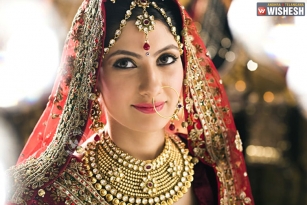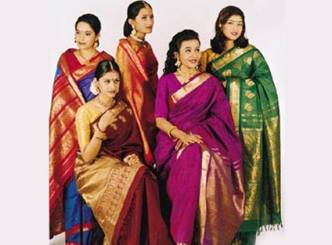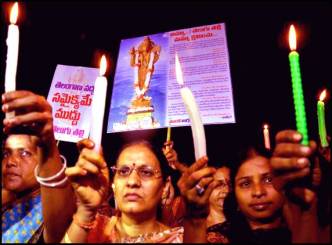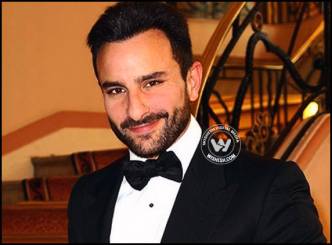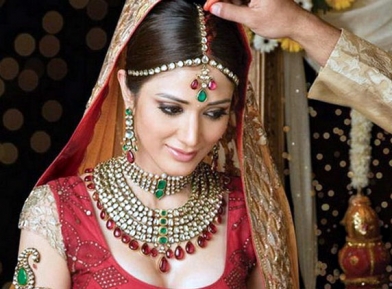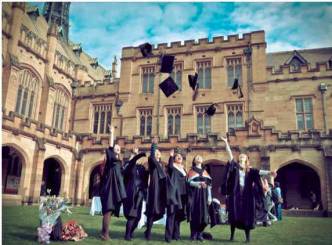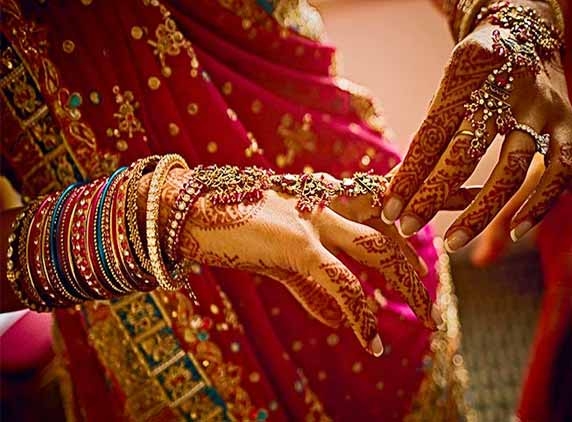
The ceremony marks the culmination of the marriage process. During the ceremony gods are worshipped and rituals performed to bless the couple who are getting married. As is typical in Indian culture, there is no well-defined or 'correct' procedure for a ceremony. Variations are always present due to the vibrant and diverse nature of the people. But in general, Indian ceremonies are a religious affair and quite long and demanding in constrats to other cultures around the world.
In this article we outline a few common key rituals that are performed in a Hindu ceremony and their significane. The ceremony gets performed around a havan-holy fire-which is the purest witness to the marriage. And of course it will be performed in the company of and with the blessings of family and friends.
Arrival of the Baraat
The Baraat is the groom’s procession of baraaties-consisting of his family and friends. The procession make their way to the venue together amongst music and dance. The groom will arrive with his wedding procession and will be welcomed outside the venue by the bride’s family.
Dwaar Pooja
At the entrance of the venue and small ritual will be performed by the bride’s father to bless the groom. The bride’s mother will then escort the groom inside the venue and to the ceremony area and inside the mandap. Following the groom, the rest of the baraat will make their way into the venue.
Welcome
The Master of Ceremony welcomes and thank all invited guests. He will then introduce the Bhramin and initiate the formal ceremony.
Shree Ganesh Pooja
The ceremony will begin with a ritual to invite the Hindu god Ganesh to the ceremony. Lord Ganesh removes obstacles and blesses us with good fortune and prosperity. Hindu scriptures enjoin worship of Lord Ganesh before taking any important steps in life.
This ritual will be performed together by the bride and groom’s parents.
Arrival of the Bride
The bride will be escorted to the mandap by her maternal uncles or parents and bridesmaids. She will be followed in by her close family and relatives.
Swayanvara
The bride and groom place garlands over one another in accordance with ancient customs, to demonstrate their free choice and acceptance of each other.
While chanting, the Brahmin will place an auspicious red coloured cotton cord around the couple’s shoulders to protect them from evil influences and to demonstrate the bond between them.
Hasta Melapaka
This ritual symbolizes the joining of hands of man and wife to begin a new partnership. The bride’s father places the right hand of his daughter in the right hand of the groom. These symbolize the acceptance of his responsibility to love, respect, and protect her.
The bride’s parents give her away with gifts and blessings. All other family members of the bride also give her away with gifts and blessings.
Agni Pooja
Agni (holy fire) is the mouth of Vishnu and symbolizes the illumination of mind, knowledge, and happiness. It is the most powerful of the five elements, as its light and heat sustains al life and growth on earth. This ritual asks Lord Vishnu to shine light into the lives of the bride and the groom and bring them the warmth and comfort of mutual understanding and affection.
Vivan Havan
The sacred fire is evoked by making offerings into the havan (holy fire). Prayers are made to various gods who control the elements, so that these two souls can be reunited properly and that they have an abundance of these elements in their correct proportions-to fulfil a peaceful life.
Gathabandhan
Tying a knot using the ends of the clothing worn by the bride and groom. The priest ties the end of the groom's dhoti or the kurta; whichever he is wearing, with that of the bride's saree, the knot signifying the sacred wedlock.
Mangal Pradakshina
The bride and the groom circle the sacred fire four times to represent the four poorushaartha (changes) in their lives:
Dharma-respecting religious rights in daily life
Artha-fulfilling responsibilities in married life
Kaama-fulfilling duties to all desires
Moksha-liberation and salvation
Saptapadi
The bride and groom seek blessings from the gods and goddesses to enable them to fulfil the following seven vows, which are signified by taking seven steps together:
We will respect each other
We will care for each other
We will be patient with each other
We will be honest and faithful to each other
We will be together in sorrow and happiness
We will travel the journey of live with love and harmony
We will do everything to keep our family happy, healthy, and strong
Mangalsutra
The groom ties a mangalsutra-a sacred necklace of black beads and gold-around the bride’s neck. This symbolizes the eternal bond that unites the bride in marriage to the groom.
Sindur Daan
The groom places sindur (red vermilion powder) in the bride’s hair symbolizing his dedication to her. In Hindu culture a woman can only wear red sindur if she is married. The sindur is applied by pinching the thumb and ring fingers together.
The couple are now married!
Blessings
Close family will form a semi-circle and bless the newly wed couple.
Civil Ceremony (where applicable)
A civil ceremony can be performed to instate the legal marriage of the couple. This ritual is common outside of India amongst NRIs (non-resident Indians). It often includes the exchange of rings and vows between partners.
Kanyadan
The bride and groom’s parents, family members, friends, and guests may offer their personal blessings to the couple. This is performed by placing a tikka-a red dot-on their foreheads and showering then with rice
Although most westerners cannot fathom marrying someone they do not love, it is incredibly interesting to note that arranged marriages is not something which is fought against, or a source of protest among the young of India.
The truth, surprisingly, is the exact opposite, many of the youth in India prefer arranged marriages, as it gives them the time and the ability to enjoy their youth without the constant worry and struggle of relationships that comes about in western culture.
The west generally believe that one needs to have live-in relationship or a long courtship before they can get married to know whether they are sexually as well as generally compatible or not. The fact that an arranged marriage is actually preferred in many cases in India, and may even indeed be a healthy and happier form of love than the marriages experienced in the west comes as somewhat of a shock or at least a surprise to most.




